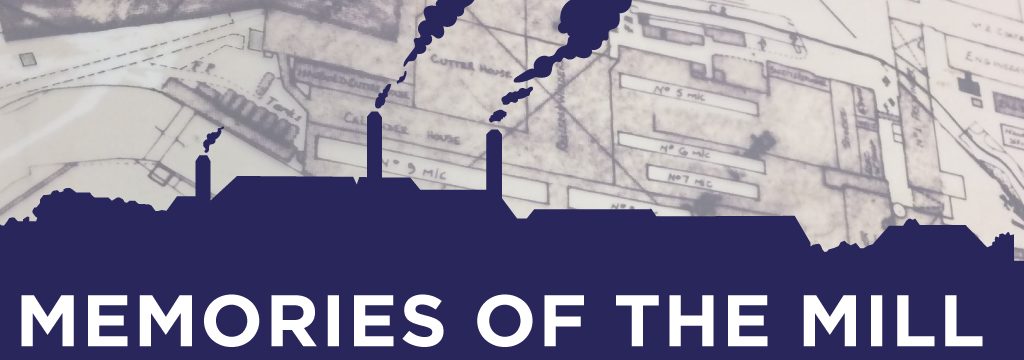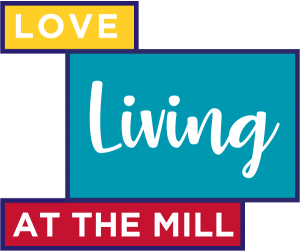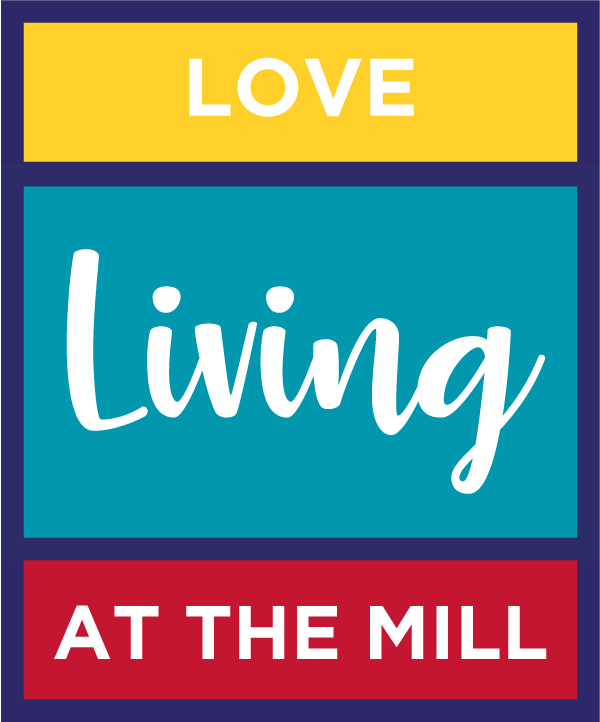
The Mill is situated in Canton, on the banks of the River Ely. The village sees the redevelopment of the 53 acre site of the former Arjo Wiggins paper mill that is a significant part of Cardiff’s history, and was renowned across the world.
We’re proud to be creating a place where people can live and thrive and to make connections between the rich and vibrant history of the area, the present and its future. During the development phase we’ll be exploring the Mill’s history and hope that you will join us on our journey that will leave a lasting legacy.
Mill Origins
It is believed that a mill has existed on the site from as early as the 12th century. The first paper was produced at the first paper mill in 1865 but it wasn’t until 1877 that the business began to grow and thrive. By 1889, the mill was producing between 145 and 150 tons of paper per week.
Historic Area
The site of The Mill is situated in the historic parish of Llandaf. When the paper mill was opened in 1860s the site was administratively within the hamlet of Ely (Trelai). It was later assigned to Canton when Canton became part of the town of Cardiff in 1875.
Industrial Era
This aerial view shows the mill in 1947, looking up towards Ely Bridge and Plymouth Woods beyond. Ely Mill was one of the first mills to use wood pulp. In the 19th Century is was the largest producer in newsprint in the country exported as far as Australia.
A Brief History of The Mill
The ancient village of Ely is one of Cardiff’s oldest districts, with evidence of habitation in Roman times with the villa in Trelai Park and even earlier at the Iron Age hillfort, Caerau. The area was sparsely populated and predominantly made up of farmland and market gardens, right up until the early 1900s, with local people making a living providing food for the city. Separated from Cardiff by what was then called Ely or Llandaff Common (now Victoria Park), the area has historically developed its own independent trade and community. As the City of Cardiff expanded during the nineteenth century, and industry grew, so did the Paper Mill.
The Mill was ideally situated to harness the swift-flowing waters of the River Ely as both power and raw material for the Mill. Recycling was an important theme even then as the Paper Mill benefited from its proximity to Cardiff and the South Wales valleys enabling it to recycle rags and wood to make paper pulp. The accessibility of Cardiff docks via the railway – which connected the valleys to Cardiff Bay – helped secure the Mill’s position, in its heyday, as the largest paper works in Britain for newsprint. Despite a modest start to the business, it began to prosper in 1889, producing around 150 tonnes of paper a week. By 1892 it employed “400 hands, and seven machines… in almost constant operation”. A significant proportion of workers were women and children – employed for unskilled tasks such as rag-sorting , cutting and dusting.
Business continued to boom into the twentieth century, but the Mill closed in 2000 after over 130 years of business, due to the changing fortunes in the paper industry. For over a decade after its closure the long-term fate of the site remained uncertain. Much work had been carried out in the surrounding areas – particularly to restore and highlight the many historical, archaeological and environmental attractions in the area – however the site remained untouched.
The redevelopment of The Mill now provides the vital missing link in the picturesque Ely trail, enabling people to appreciate the rich biodiversity and varying habitats along the river from St Fagans to Cardiff Bay. It reconnects the village to Victoria Park and Cowbridge Road East and beyond and, with the completion of the footbridge across the river, opens up a direct route across the river to the spacious Trelai Park and its (as yet un-excavated) Roman Villa.
River Ely & Trail
The Mill development will complete the Ely Trail, creating a beautiful riverside walk between St Fagans and Cardiff Bay. The river Ely / Afon Elái was an essential part of the area’s history, and the Mill’s success. The rich biodiversity of the area will be protected and enhanced so that it can be enjoyed for generations to come.
Historic Streets
Many of the street names at The Mill acknowledge its history. At the beginning of the development, pupils from Ysgol Treganna took part in a local history project to research the area and suggest some names that had historical significance. Pwll Coch Street, Trem yr Afon and Maes y Papur are just some of their suggestions that are now streets at The Mill.
Strong Community
The Mill was a huge part of the community in its time – and with so many staff it was a community in its own right. It had a thriving sports and social committee who organised events, activities and trips for employees and their families. People we’ve met talk fondly of the Christmas parties, family events or spending the summer holidays in the on-site swimming pool!
Memories of The Mill
Our Memories of The Mill project aims to bring together people who worked at the Arjo Wiggins Mill, to share their memories and create a legacy for the future. The project will continue throughout the development as we celebrate The Mill’s heritage throughout the site – particularly in the riverside park and at the village centre. This page is just the beginning of the journey into the history of The Mill and local area.
We’ve started researching some of the history of the area; talking to people who worked at The Mill, lived in the area, or have an interest in local history. We had a fantastic visit to the Glamorgan Archives, exploring their documents and photographs of The Mill. It’s a fascinating journey – of a changing Cardiff, changing industry and employment, and a changing way of life.
As the development progresses, we’d like to recognise and celebrate the area’s rich history at The Mill – through art, digital information and community projects or exhibitions. We welcome involvement from all so if you’re interested in helping make history happen, get in touch!
Many thanks to Dr Dylan Foster-Evans at the School of Welsh (Cardiff University), The Glamorgan Archives, the People’s Collection Wales, pupils at Ysgol Treganna and Ysgol Pwll Coch, David Jenkins and Layton Hobbs for their valuable contributions to our project so far.



